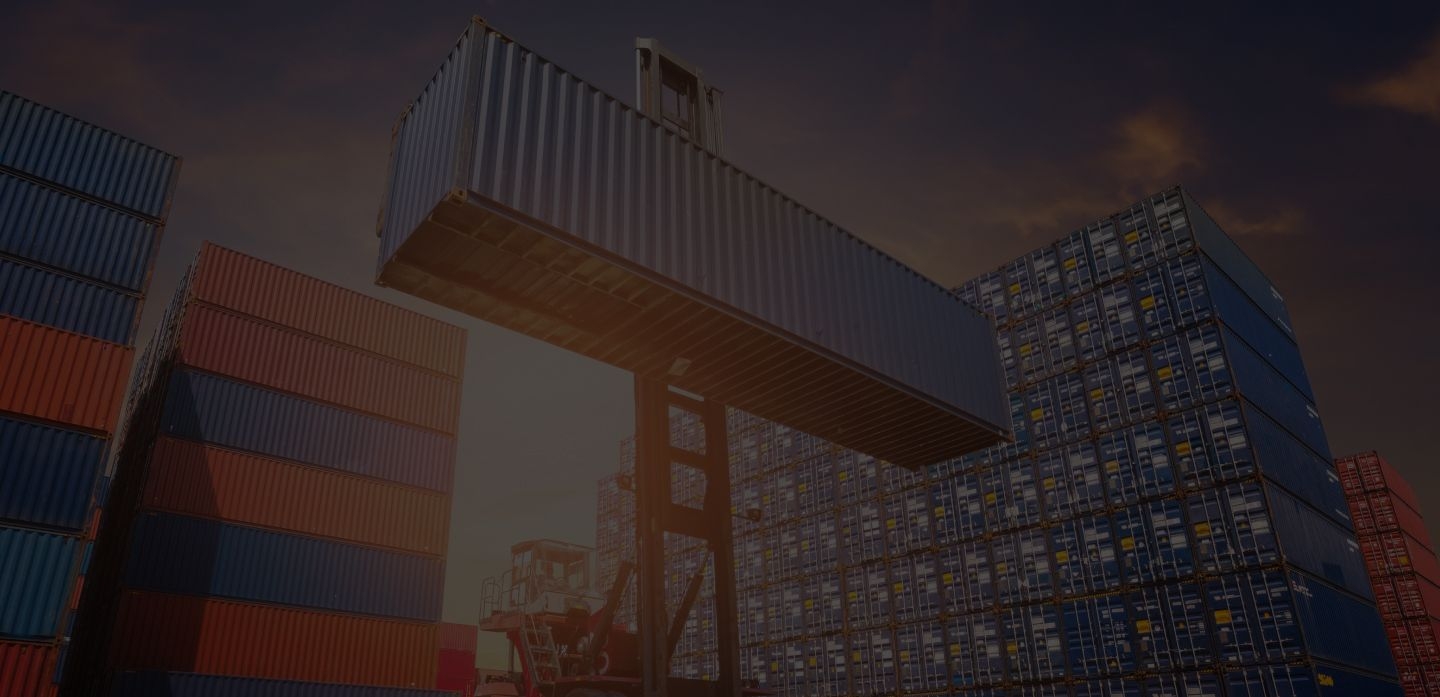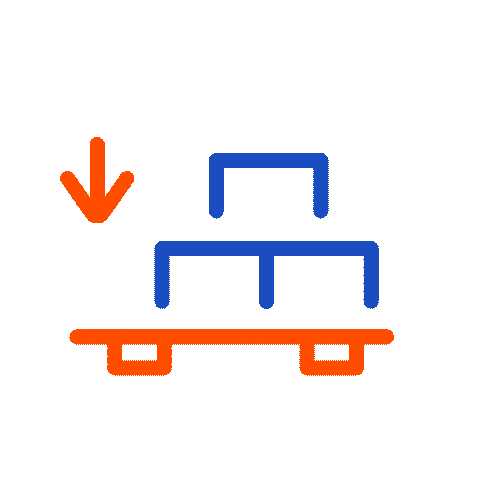
Container Shipping to Doha — Get Instant Quotes



Why Choose iContainers for Shipping to Doha?
- Hamad Port keeps expanding. Qatar’s primary gateway moved 1.46 million TEU in 2024—up 9.6 % year-on-year and has now crossed the 10-million-TEU milestone since opening in 2016. (mfame.guru)
- World-class air-cargo back-up. Hamad International Airport (DOH) handled 2.6 million tonnes of freight in 2024 (+12 % YoY), giving shippers a 3-to-5-day door-to-door option when speed matters. (dohahamadairport.com)
- Predictable landed cost. As a GCC member, Qatar applies a flat 5 % customs duty on most imports (with food and medicines often exempt), so budgeting is straightforward. (trade.gov)
- End-to-end visibility. Our platform links ocean schedules, inland trucking and customs in one dashboard—plus bilingual (English/Arabic) support.
Our Container Shipping Services to Doha
Full Container Load (FCL) Shipping
Bulk loads—oil-field spares, packaged foods, project steel—arrive sealed at Hamad Port (QADOH) in 20′, 40′, 40′HC or reefer equipment. Direct berths handle 14,000-TEU vessels, while CT-2’s automated yard speeds gate-out times for local trucking.
Less-than-Container Load (LCL) Shipping
SMEs and e-commerce brands save up to 50 % on consignments under 15 m³ via weekly LCL consolidations that de-van inside Hamad’s bonded depot—no secondary cross-dock needed.
Popular mode: FCL dominates oil & gas and supermarket supply; LCL demand is surging for fashion and consumer electronics.
Primary port / airport served: Hamad Port for sea freight; urgent moves via DOH airport.
Typical cargo: Energy-sector equipment, electronics, construction materials, FMCG.
Transit-time snapshot:
- Shanghai → Doha: ≈ 20–25 days port-to-port (direct or Jebel Ali trans-ship).
Country-specific tip: Ramadan peaks tighten Jebel Ali feeder slots—book FCL space six weeks ahead.
Alternative option:
Air freight via DOH (3–5 days door-to-door) for pharma, AOG parts or luxury retail drops.
Container shipping rates to Doha
How much does it cost to ship a container to Doha?
How Long Does It Take to Ship a Container to Doha?
- East Asia → Doha: 20–25 days (via direct Gulf loop or Jebel Ali trans-ship)
- North Europe → Doha: 28–35 days
- U.S. East Coast → Doha: 30–35 days (Med trans-shipment)
- Air freight: 3–5 days door-to-door via DOH
Popular Routes and Ports for Shipping to Doha
East-Asia services typically sail Shanghai / Ningbo → Jebel Ali → Doha; Europe cargo routes via Valencia or Port Said before the final Gulf leg. Local trucking distributes across Doha Industrial Area, Ras Laffan, and Al Wakrah within one working day.
Steps to Book Your Container Shipment with iContainers
- Quote: Enter origin, destination and cargo specs for an instant price.
- Docs: Upload commercial invoice, packing list & HS codes.
- Book & Pay online.
- Track: Follow vessel, trans-ship and customs milestones in real time.
- Clear: Pay the standard 5 % duty (or apply exemptions) and release your box. (trade.gov)
- Deliver: Arrange last-mile truck to warehouse, free-zone or project site.
What Can You Ship in a Container to Doha?
Common commodities
- Oil-field equipment
- Electronics
- Building materials
- Food & beverages
- Automobiles & parts
Restricted / Prohibited
Alcohol, pork products, counterfeit brands, and hazardous chemicals without MoCI or MoE permits.
FAQs About Shipping Containers to Doha
No—Qatar currently levies no VAT. Only the 5 % customs duty applies to most goods.
Yes—under 15 m³ you avoid paying for unused FCL space, typically saving 40–60 %.
Not mandatory, but strongly recommended—add door-to-door cover at checkout.
Secure space 6–8 weeks ahead to dodge roll-overs and rate surcharges.